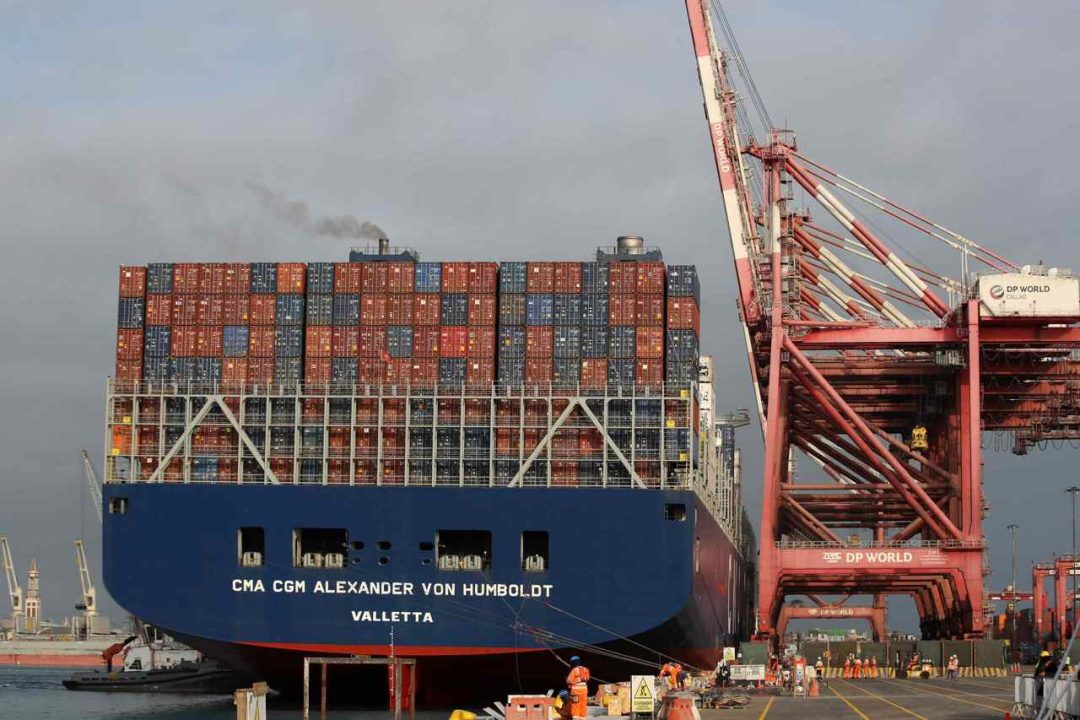
The International Monetary Fund (IMF) projected that most Latin American and Caribbean countries are not “taking advantage of the full potential of international trade,” considered by the organization as an important engine of growth in emerging markets.
In a recent report, the IMF assures that although the region has made some progress in terms of trade openness, it is still held back above all by poor infrastructure, cumbersome customs procedures and relatively high tariff and non-tariff barriers to trade.
Thus, the sum of exports and imports of goods and services, an important indicator of trade openness, amounts to only 47% of gross domestic product, approximately 20 percentage points below its level in other emerging markets around the world. world.
The document written by Rafael Machado and Flavien Moreau warns that “trade between the countries of the region is also lagging behind below 20% of the total trade of Latin America.” This is equivalent to less than half the level of intraregional trade in Eastern Europe and Central Asia, and a third of that in East Asia.
“Latin America’s participation in global value chains is equally limited. This is because many countries are more focused on the export of raw materials than on intermediate or final goods, although the Mexican economy, much more integrated, constitutes a noteworthy exception, mainly due to its close ties to the United States,” the IMF maintains.
IMF: reduce bureaucratic obstacles in American trade
For the organization, Latin America would obtain great economic benefits if it improved its commercial transportation and customs infrastructure. Among the suggestions is simplifying customs procedures, promoting public-private partnerships in the logistics sector and “reducing bureaucratic obstacles.”
“Halving the infrastructure gap between the region and advanced economies, for example, would reduce trade costs and translate into a 30% increase in exports, according to our most recent research,” the document maintains.
According to the IMF, this increased demand for products from the region would, in turn, increase GDP by up to 7%, highlighting the need for authorities to pay more attention to improving trade-related infrastructure.
However, he warns that some countries are not in a position to make large investments in infrastructure; moving forward will require prioritizing the biggest bottlenecks and attracting more private investment.
IMF: offshoring operations in the supply chain
IMF also assures that, in a context in which the energy transition is expected to profoundly alter world trade patterns, Latin American countries with large reserves of critical minerals, such as Chile, Peru, Brazil, Mexico and Argentina, could significantly benefit from the increased demand for copper, lithium, magnesium and other essential inputs for green technologies and decarbonization.
“With the right policy frameworks, these resources could attract significant investments and contribute to generating opportunities for Latin American countries to increase their participation in global value chains,” the report continues.
“In general, closing infrastructure gaps, continuing to reduce trade barriers and adopting policies that make Latin America an attractive destination for investment should from now on be fundamental aspects of the region’s trade strategy,” he concludes.
Source: Larepublica
Alia is a professional author and journalist, working at 247 news agency. She writes on various topics from economy news to general interest pieces, providing readers with relevant and informative content. With years of experience, she brings a unique perspective and in-depth analysis to her work.












